According to foreign media reports such as CNN and USA today, a new study published in the journal communication biology on May 12 shows that researchers at the University of Florida planted plants in the lunar soil collected during NASA's Apollo mission for the first time**
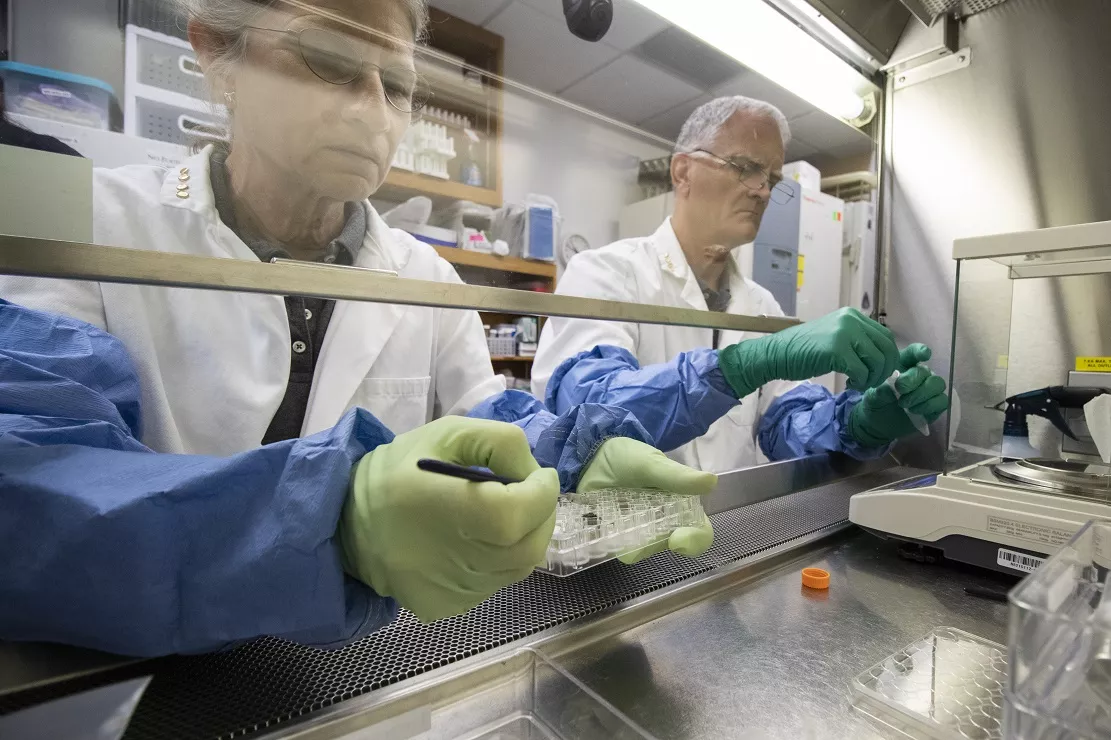
This is the first time that plants have sprouted and grown in lunar soil, laying the foundation for planting plants that provide oxygen and food on the moon.
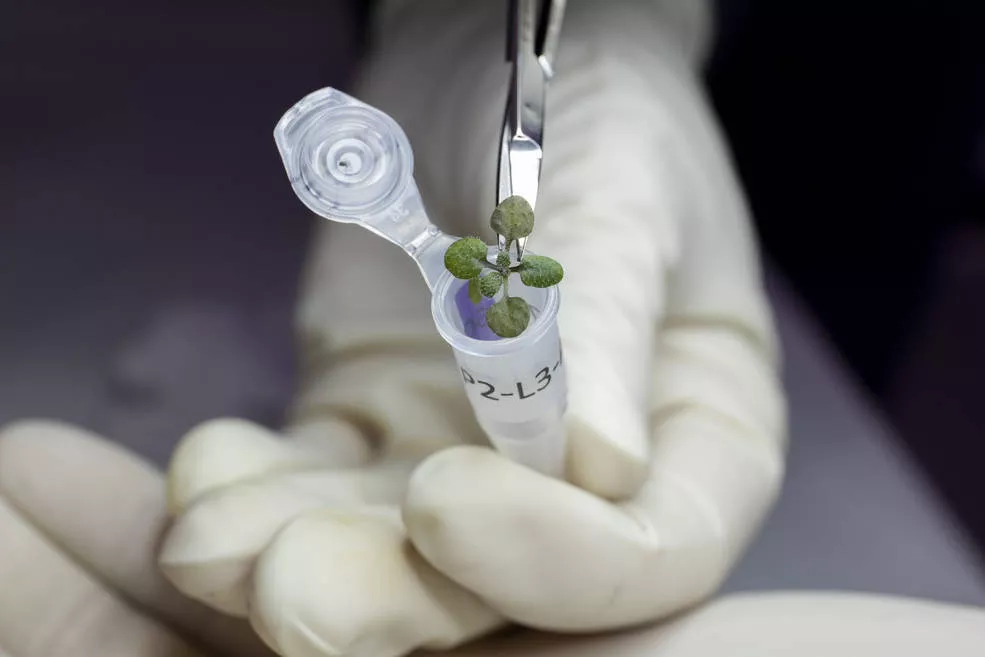
Rob FEL, assistant vice president of research at the University of Florida and co-author of the study, said: "this is a key discovery - plants grow in lunar soil. This is very shocking because plants have never been to the moon and seeds have never adapted to living there."
15 year experiment
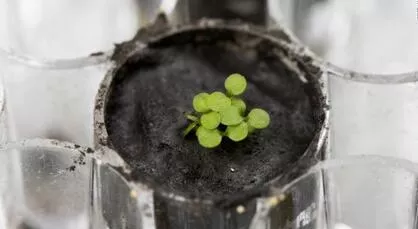
CNN image of Arabidopsis sprouting from lunar soil
This is a long-awaited experiment. It has been 15 years since researchers first proposed and requested lunar samples. The request was finally approved 18 months ago.

The team asked NASA to provide 4 grams of lunar soil collected during the Apollo 17 mission. NASA Apollo sample curator Ryan Ziegler saw the scientific value of providing more samples from different Apollo missions, and finally provided 12 grams of lunar soil collected from Apollo 11, 12 and 17 missions.
The researchers used containers commonly used to grow cells as "flower pots". Each cell was filled with 1 gram of lunar soil, added nutrients and water, and then sowed some seeds of Arabidopsis, a small flowering plant native to Eurasia and Africa.
At the same time, Arabidopsis seeds are also planted in synthetic materials and volcanic ash simulating lunar soil to compare with plants planted in lunar soil.
Good news and bad news
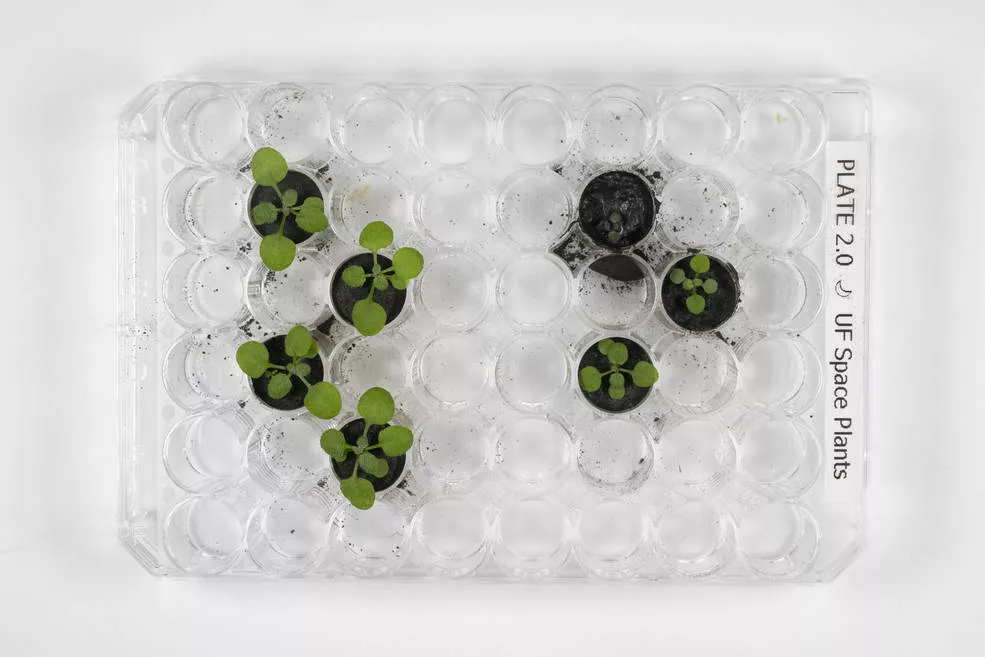
By day 16, there were significant physical differences between plants growing in volcanic ash (left) and plants growing in lunar soil (right).
The good news of this study is that all seeds germinate and begin to grow.
But the bad news is that after the first week, the roughness and other characteristics of the lunar soil put so much pressure on these plants that they grew slower than seedlings planted in simulated lunar soil.
Arabidopsis seedlings show signs of struggle as they adapt to lunar soil. Compared with plants grown in simulated lunar soil, plants sown in lunar soil grow slower and smaller, and show more signs of stress, such as pigmentation and the expression of stress-related genes.
Although the plants planted in the lunar soil are germinating and growing, the plants grown in the Apollo 11 sample perform worse than those in the Apollo 12 and 17 samples, indicating that there are also differences between the lunar soil.
Apollo 11 samples were exposed to solar and cosmic radiation for the longest time. The researchers speculate that the effects of long-term high-energy bombardment may make the lunar regolith particularly sensitive to biology. The moon's surface is often bombarded by cosmic radiation and solar wind, as well as iron particles and tiny glass fragments, all of which affect the growth of plants.
Follow up study
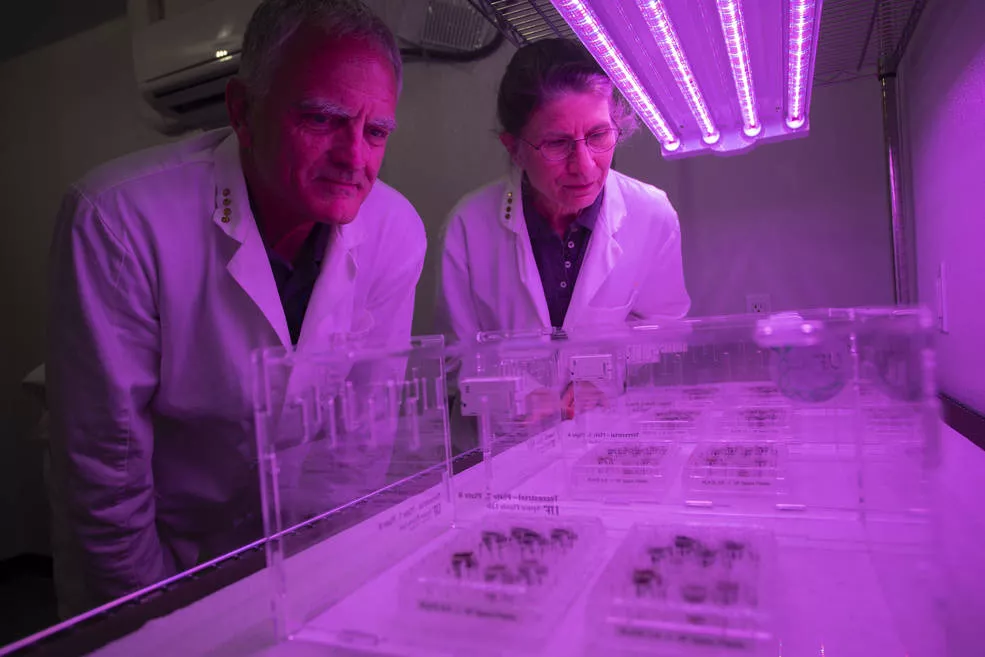
Researchers planted seeds under LED lights
The researchers hope to conduct follow-up research to understand how planting plants in the lunar environment changes the lunar soil and how to start the lunar greenhouse.
Further research can also help researchers determine the most effective way to plant plants in lunar soil. Researchers also want to know clearly the nutritional value of these plants and whether they are affected by the soil.
Although Arabidopsis thaliana is edible, it is not delicious and is not considered a food crop. But it belongs to the same plant family as broccoli, kale, turnip and cauliflower.
Batacharya, chief scientist of space bionics at NASA, called the discovery of plant growth "quite exciting" and said the study provided many follow-up opportunities for scientists.
Batacharya wrote in an email: "we need to study how to make plants grow better in the regolith matrix. For example, do we need to add other components to help plants grow, and if so, what are they? Are there other plants that can better adapt to these regolith matrices, and if so, what characteristics make them better adapted to these environments?"
"This is the exciting part of science. Every new discovery will bring more unique and transformative results, and then we can use these results to help improve the sustainability of our future space exploration missions!"
Ideally, scientists say, future astronauts could use the moon's available soil resources for indoor planting, rather than building a hydroponic system. Planting plants on the moon is the key to a long-term stay on the moon. It can not only provide food for astronauts and other visitors, but also help provide clean air and water.
Compiled by Yang Ruochen of upstream news